All my childhood I hated dogwoods. In the village in the Bărăgan where I spent all my holidays, we had a few big cork trees in the yard. From the cork trees my mother used to make țuică, a kind of water with which you washed the barrel of pălincă, if you ask the Ardelenians :). In order for the brandy not to turn sour, mamaia decreed that only the very ripe cork trees, i.e. the ones that had fallen on the ground, should be harvested, and only in the morning, in the cool. So every day she woke me up early, before"let the sun rise high and the cork trees blush". Every morning, under the cork trees I found a yellow or red sea of cork trees, even if I had left the place clean the day before. I was trying to rebel, but it wasn't going well with my momia and I inevitably ended up at sea on the cork trees I was gathering while kneeling.
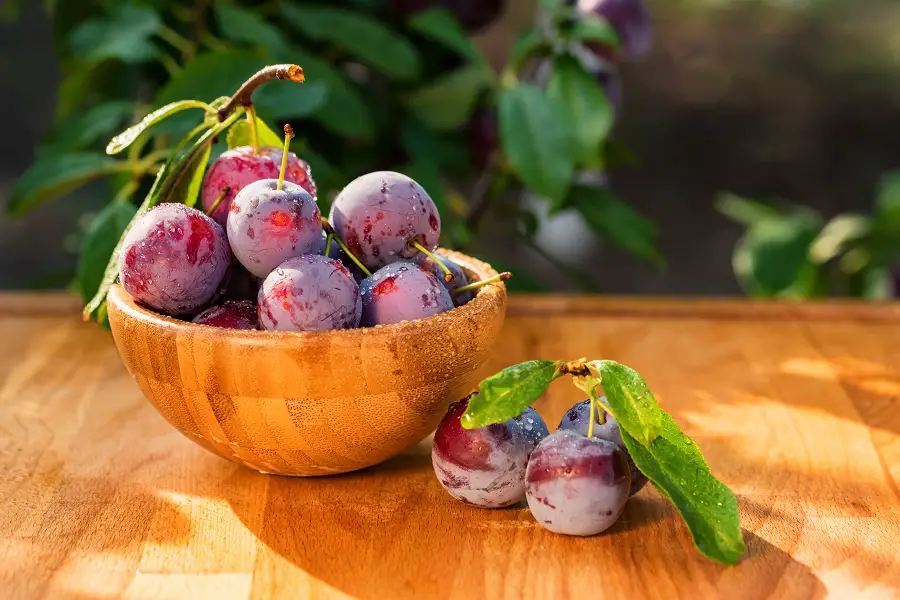
I have learned that cork tree flowers are used in herbal medicine to relieve stress. This made me get over my childhood "trauma" and give it due attention, especially since the wood is very similar to that of plum. I think these flowers have worked over the years for me. 🙂
The cork tree, the neglected brother of the plum tree
The cork tree, with the scientific name Prunus cerasifera or Prunux myrobolana, is so similar to the plum that it is often mistaken for it. In English you find it as cherry plum (cherry plum) or myrobalan plum. It is native to south-eastern Europe (Albania, Bulgaria, Romania, Greece), western Asia, the Caucasus area, as far as China and Pakistan. It has been acclimatised in many areas of western Europe (France, England), the USA and Australia. In the east of France, in Metz, near the German border, there is a cork tree festival (mirabelle in French) in August - Mirabelle Festival -in which a queen of the cork trees is even elected.
In our country, cork oak grows spontaneously at the edge of forests in the lowland and hilly areas of the south and west or is cultivated. It is not very fussy about soils, but prefers drained, loamy and stony ones. It is frost and drought resistant, loves light so grows better alone than in plantations.
The cork tree is considered a shrub that does not grow taller than 8-10 m, rarely reaching 15 m. The trunk is short and irregular, with grey-brown, fine, glossy bark that thickens over time. It flowers early, late March early April, before it turns red, a harbinger of spring. Its many white flowers, singly or in pairs, are a real delight. The oval, midribbed leaves have sparse bristles on the back, 2 to 7 cm long and drooping. The fruits are round, cherry-like, 2-3 cm in diameter, green at first and yellow or red as they ripen in late July. They are juicy, with a sweet-sour taste.
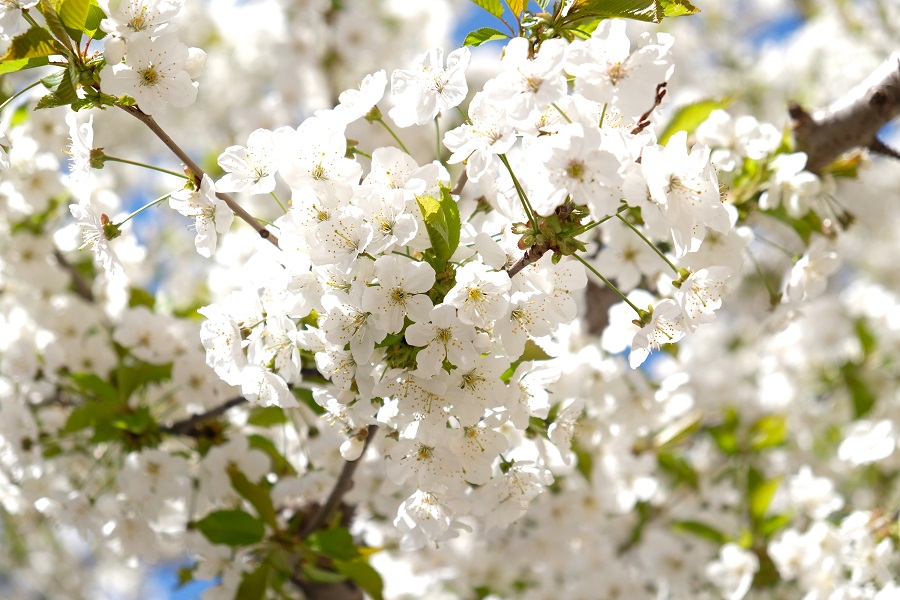
Corkwood - appearance and characteristics
The difference between albumen and heartwood is clearly visible in cross-section. The sapwood is pale yellow, but oxidises quickly after cutting and takes on a beautiful orange colour. The heartwood is purplish-red brown with colouring ranging, like plum, from pink to green and grey.
The fibre is fine but shows twists due to growth defects and knots. Annual rings are well demarcated, and pores are small, round and scattered throughout the mass, with crowding in the early wood area. The pores are often filled with gums and minerals.
I couldn't find any mention of the density of corkwood, but I understand that it is a hard, dense and tough wood. I did find a mention of it being harder than water, but I think that's an exaggeration. Because of the small size of the trunk it is hard to get large pieces of lumber. It cracks a lot immediately after cutting, so it is recommended to cut it into planks as soon as possible.
Because of its small size, corkwood is worked more by hand than mechanically, with problems occurring in the knot and twisted grain areas. It is turned and carved and used by craftsmen to make spoons. It is glued and finished without particular problems. Due to the salts in the pores there may be discolouration on weeding. In straight grain areas it sands well and has a fine, slightly glossy appearance.
Flowers, fruit, corkwood
Corkwood is a wood for craftsmen. It is used to make spoons, jewellery or bowls. Like plum and cherryireșul, can be used at smoking meats, but without exaggerating so as not to give the meat a bitter taste. Use as firewood, not in open fireplaces because of its tendency to crack and scatter sparks.
As a fruit tree it is used for grafting plums, cherries, apricots, peaches. Approximately 90% of plums are grafted on the cork tree. The fresh and invigorating aroma of the blossoms is soothing, but also aids digestion and stimulates breathing. They are used in herbal medicine to reduce stress, increase tone and regain control over thoughts. The fruits contain potassium, calcium, vitamin B and C and are excellent for regulating metabolism and the nervous system.
Fruit is not only used to make liqueurs, but also jams, jellies, marmalades, even wine or liqueur. When they are green they are used to sour soups. They are a common ingredient in Georgian cuisine, used to make sauces and even some main dishes.
I hope you find the above information interesting. As usual, additions are welcome. And if you have any questions or queries, please leave them in the space below. I'm sure I'll answer them.

















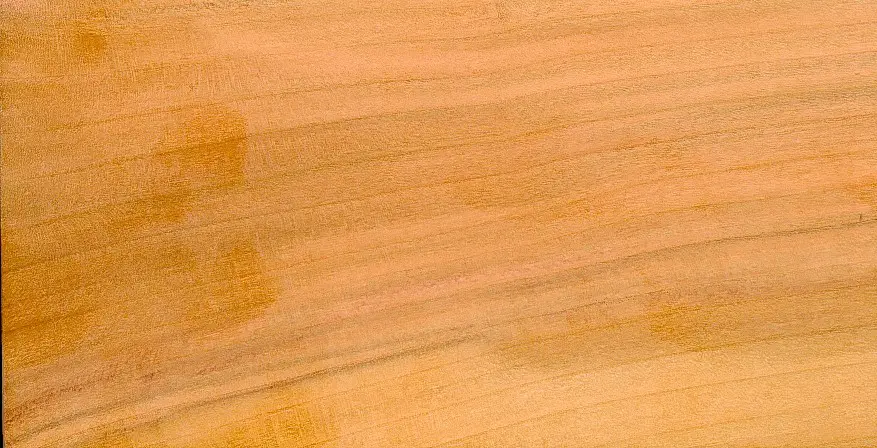
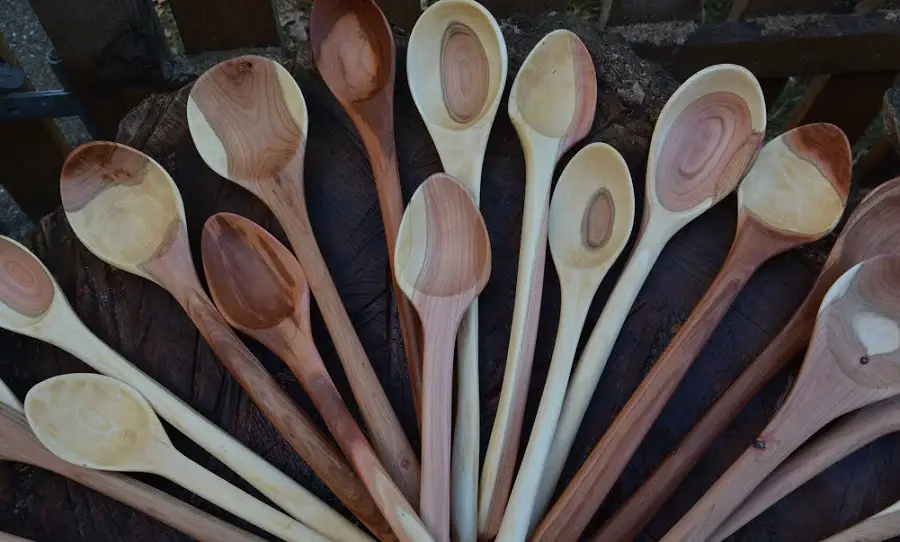








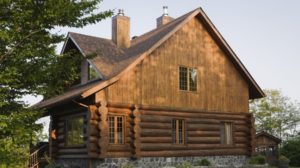

Add comment